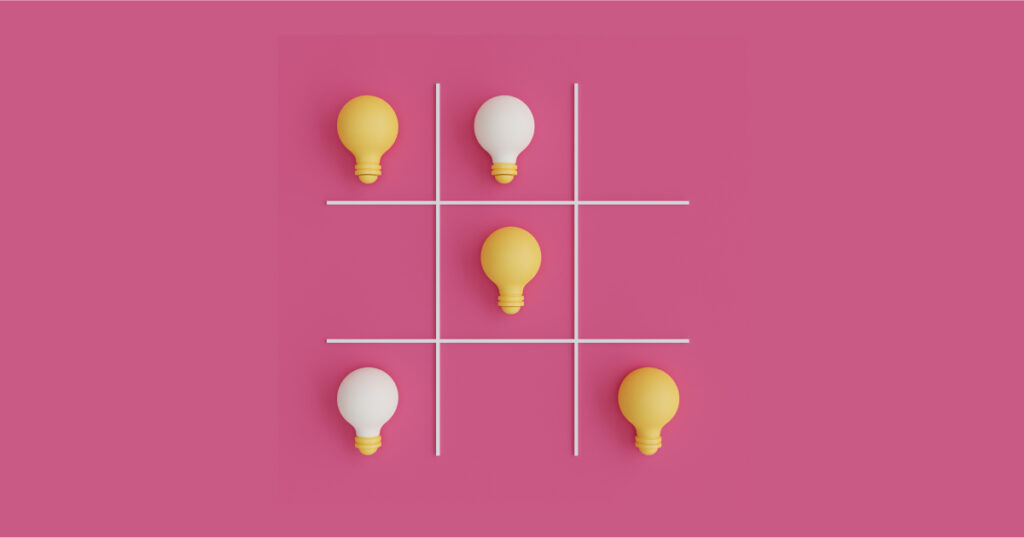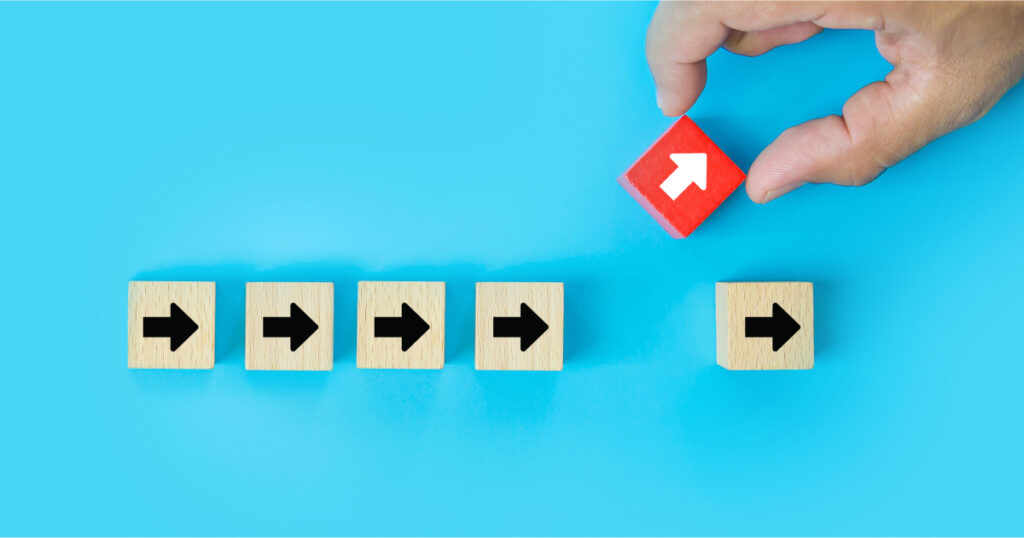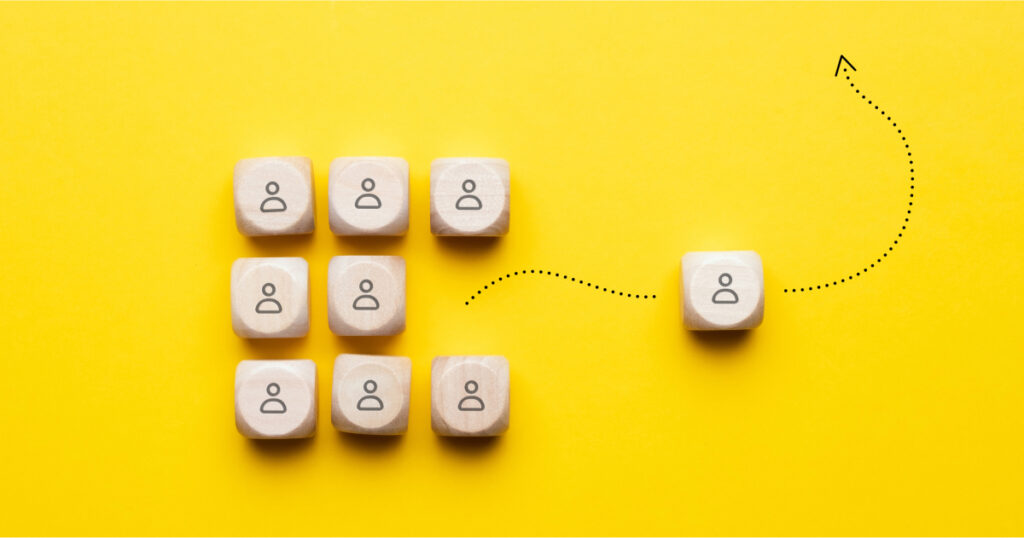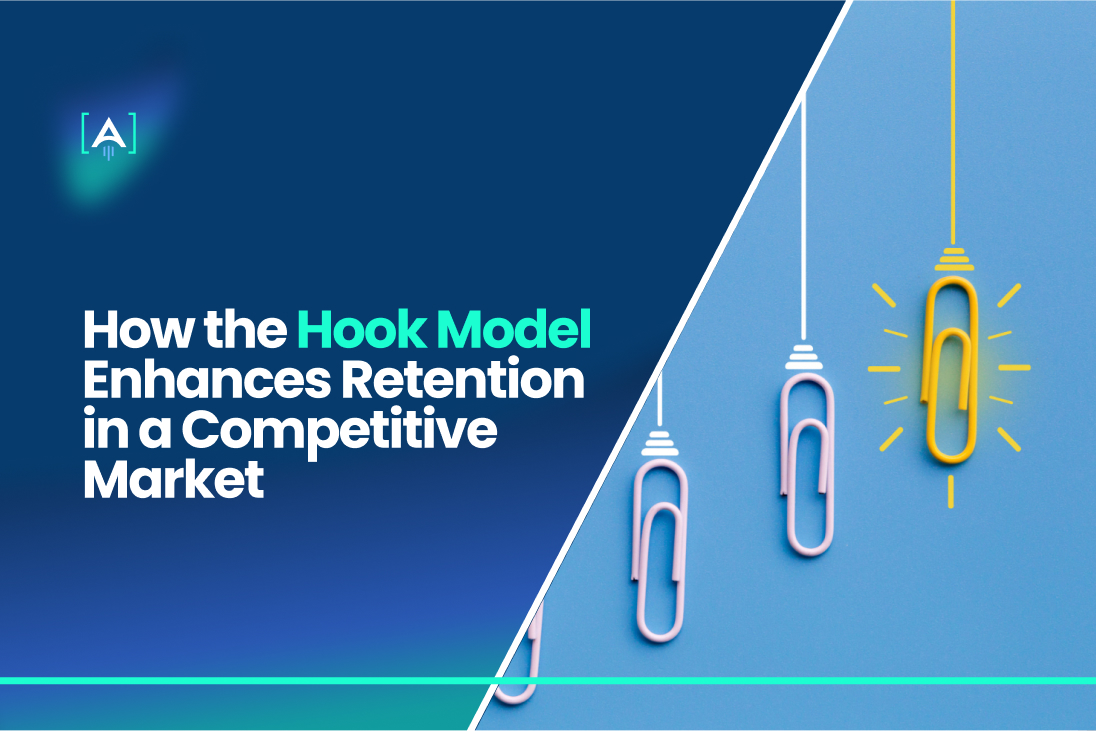In competitive markets, where consumer loyalty is a coveted prize, businesses often struggle to retain their customer base.
A growth marketing agency can help you in this, but let’s have a look at an effective method.

The Hook Mode is a game-changer in user retention. This revolutionary approach is the secret sauce for many successful businesses, turning casual users into devoted customers.
For 76% of businesses, customer lifetime value is significant.
By applying the hook model, you can effectively engage users at each stage of the conversion funnel, from initial awareness to final conversion, ensuring a seamless journey that encourages repeat interactions.
In this blog post, we will delve into the intricacies of the Hook Model, exploring its origins, dissecting its four crucial phases, and uncovering its significance in creating habit-forming products.
Understanding the Hook Model

The Hook Model is a dynamic strategy, broadely used in data-driven marketing that comes to life through external triggers, streamlined actions, irresistible rewards, and user investments.
Origin and Conceptual Framework of the Hook Model
A Stanford psychologist named Nir Eyal and a design thinker named Ryan Hoover joined forces to explore what makes certain products habit-forming.
The result? The Hook Model – a blueprint designed to captivate users and keep them coming back.
The Four Phases of the Hook Model
The Hook Model operates in four phases, each playing a crucial role in user engagement.
Trigger
It all begins with a trigger.
Triggers are cues that prompt users to interact with a product, serving as the initial spark that ignites the user journey.
Triggers can be external and internal.
External triggers come from the outside world. A vivid example of an external trigger is a notification or an email alert. They lead users back to your product.
Internal triggers stem from emotions, habits, or thoughts. When a user feels the need for social validation (Instagram-like notifications), an internal trigger compels action.
Action
With the trigger in play, users take action. It’s about making the process seamless. 94% of surveyed customers mentioned positive customer service makes them purchase again.
Consider the simplicity of ordering your favorite meal with a single click on a food delivery app. The easier the action, the more likely users are to take it.
Variable Reward
Here’s the secret sauce – the unpredictable delight that keeps users hooked.
Whether it’s the anticipation of a great deal on your favorite e-commerce app or the surprise of discovering a hidden gem in your Spotify playlist, variable rewards keep users craving more.
Investment
Once users receive a reward, they’re ready to invest more time – sign up, invite friends, learn more, etc.
The investment phase entices the customer to engage with the product actively. As Nir Eyal notes, when users put effort or time into something, they seek a return on their investment.
By making users feel like they have a stake in the product’s success, products can cultivate a loyal and engaged user base.
Importance of the Hook Model in Building Habit-Forming Products
Why does the Hook Model matter? Because it’s the secret ingredient in crafting habit-forming products.
Imagine your favorite project management tool.
The daily nudges for task updates (trigger), the seamless task assignment and completion (action), the thrill of achieving project milestones (variable reward), and the time spent tailoring the tool to your team’s unique workflow (investment).
It’s the Hook Model at work, turning routine project management into a habit that drives productivity.
The Hook Model in Action

Now, let’s explore the Hook Model in action.
Identifying Effective Triggers: External and Internal
The key to effective triggers is understanding the user’s psychology and motivations.
Let’s explore some effective trigger strategies:
- Relevancy: Triggers should be relevant to the user’s interests, needs, and current context to avoid being intrusive or annoying.
- Timeliness: Triggers should be delivered right to maximize their impact and align with the user’s natural behavior.
- Personalization: Triggers should be tailored to the individual user, considering their preferences, past behavior, and unique characteristics.
- Variety: A mix of different trigger types can help maintain user interest and prevent boredom or fatigue.
Encouraging Action: Simplifying User Decisions and Actions
Once a trigger has captured the user’s attention, the product must seamlessly guide them towards the desired action.
Here are four strategies for simplifying user decisions and actions:
- Minimize decision fatigue: Present users with a limited set of clear and concise options, avoiding overwhelming them with too many choices.
- Streamline the user flow: Guide users through the product’s features and functionalities logically and intuitively, eliminating unnecessary steps and reducing friction.
- Provide clear and actionable prompts: Offer users clear instructions and guidance, making it easy for them to understand what to do next.
- Design for intuitive interactions: Utilize design principles that align with human expectations and behaviors. This will allow users to interact with the product without conscious effort.
Variable Rewards: What Drives User Engagement?
The rewards, often unpredictable and surprising, are motivators, stimulating dopamine.
By delivering these rewards, products create a sense of anticipation and excitement, drawing users back for more.
Here are four strategies for designing effective variable rewards:
- Variety and unpredictability: Introduce a mix of different reward types and vary the timing of their delivery to prevent habituation and maintain user interest.
- Personalization: Tailor rewards to individual user preferences and behaviors, ensuring they align with their motivations and interests.
- Timeliness: Deliver rewards at opportune moments, reinforcing desired actions and providing a sense of accomplishment.
- Meaningfulness: Ensure rewards are intrinsic to the user, connecting with their personal goals, aspirations, or sense of belonging.
Investment Phase: Encouraging User Contributions and Efforts
Let’s explore the Investment Phase in the action context.
You can employ these strategies to encourage user contributions:
- User-generated content: Invite users to share their reviews, photos, or videos. This enhances the product experience and builds a strong community.
- Collaborative features: Integrate tools that promote collaboration, like co-editing or shared projects. This fosters a shared purpose, making users feel invested in the project’s success.
- Rewarding contributions: Acknowledge and reward user contributions with badges, leaderboards, or other forms of appreciation. This reinforces positive behavior and motivates users to continue contributing to the product’s success.
Applying the Hook Model

Now that we know the Hook Model basics let’s explore some real-world examples.
Case Study 1:
Instagram, the social media giant, has mastered the framework of the Hook Model.
Instagram uses external triggers such as push notifications to keep users hooked and check their feeds regularly.
Instagram’s intuitive interface and seamless user flow make it effortless for users to share their content.
The endless scroll of new and personalized content creates continuous variable rewards that keep users engaged.
Instagram encourages user contributions by allowing users to share their creativity through photos, videos, and Stories.
Case Study 2:
Slack, the popular workplace communication platform, uses external and internal triggers to capture user attention and initiate the Hook Model cycle.
Slack’s user-friendly interface makes it effortless for users to send and receive messages, join channels, and participate in group discussions.
Slack delivers variable rewards like receiving positive feedback, completing tasks, achieving team goals, reinforcing desired behaviors, and fostering a sense of accomplishment.
Slack encourages user contributions by allowing them to participate in discussions and contribute to team projects.
Tailoring the Hook Model to Different Industry Needs

One size doesn’t fit all. You need to understand your audience to tailor the Hook Model to different industries.
Here are some examples:
- E-commerce: Trigger users with targeted email promotions, simplify the checkout process, provide personalized product recommendations, and encourage user reviews to enhance retention. Retargeting users who have abandoned their carts can also be effective in bringing them back to complete their purchases.
- Fitness Apps: Leverage internal triggers (desire for health improvement), variable rewards (achieving fitness goals), and user investments (sharing workout data) to foster habit formation and engagement.
- Productivity Tools: Employ internal triggers (desire for organization), variable rewards (completing tasks), and user investments (creating shared projects) to enhance the stickiness of productivity tools.
- Learning Platforms: Use external triggers (push notifications about new content), internal triggers (desire for skill development), variable rewards (achieving learning milestones), and user contributions (creating and sharing content) to promote engagement and retention.
Ethical Considerations

While the purpose of the Hook Model is engagement, we need to keep it ethical.
Here are some key principles to guide this ethical approach:
- Transparency and Informed Consent: Be transparent about collecting and sharing user data.
- User Control and Choice: Empower users with control over their data and how they share their experiences.
- Respect for Privacy: Treat user data carefully and respect their privacy. Implement robust data security measures and avoid practices that intrude on their personal lives.
- Protect User Well-being: Prioritize user well-being and avoid designs that promote addiction, excessive screen time, or negative psychological effects.
- Continuous Ethical Evaluation: Engage in ongoing ethical evaluation and monitoring of your products and practices. Adapt and refine your approach as new technologies and user needs emerge.
Avoiding Manipulative Tactics in Using the Hook Model
No one likes feeling manipulated. So, don’t be that app or service.
Cut it out if your product makes it hard for users to cancel subscriptions.
Variable rewards are cool, but make sure they genuinely add value. No one likes to be played.
Don’t trick users into doing things they didn’t sign up for. Keep it straight and fair.
Measuring Success with the Hook Model

Do you wonder how well your Hook Model is doing? Let’s explore the key metrics.
Key Metrics to Track When Implementing the Hook Model
- User Engagement: How often are users interacting with your product? Track clicks, swipes, and overall activity to see if your hooks are catching.
- Retention Rates: Manage how many users stick around over time. If the number is dropping, your model might need a tweak.
- Conversion Rates: Measure how many users take the desired actions – signing up, purchasing, or sharing content.
- Time Spent: Are users lingering on your platform, or is it a quick in-and-out? The more time spent, the better your hooks work.
Implementing the hook model can significantly help in reducing customer churn by consistently engaging users and fostering long-term loyalty through habitual interactions.
Analyzing Data to Refine and Improve Hook Strategies
Now, the real work begins:
- Identify Patterns: Spot trends in user behavior. Are there specific triggers that lead to higher engagement? Analyze the data to find patterns.
- Feedback Loops: Listen to what users are saying. Their feedback is golden. Are they loving the rewards, or is the investment phase a headache? Adjust based on real user experiences.
- A/B Testing: Test what works better. Let the data guide you in refining your strategies.
Keep it simple and data-driven. That’s how you measure success and make your Hook Model even sharper.
Hook Model Challenges and Limitations

Hook Model is a game-changer, but it comes with challenges and limitations. Let’s explore them.
- Not One Size Fits All: The Hook Model isn’t a universal remedy. It might not click with every product.
- User Fatigue: Too many triggers, actions, and rewards can tire users. Balancing engagement and avoiding overwhelming experiences is crucial.
- Value Proposition Matters: If your product lacks a solid value proposition, no Hook Model can save it.
Future Trends and the Evolution of the Hook Model
In the tech-driven digital world, emerging technologies can revolutionize habits.
- Artificial Intelligence (AI): AI in marketing can personalize triggers, actions, and variable rewards based on user behavior.
- Augmented Reality and Virtual Reality: They can create immersive and interactive experiences. This makes it easier for users to engage with products and services.
- Wearable Technology: Wearable technology can collect data about users’ physical activity, sleep patterns, and other behaviors. You can use this data to personalize triggers and variable rewards.
Predictions for New Applications of the Hook Model
As emerging technologies continue to develop, the Hook Model is likely to evolve and be applied in new and innovative ways:
- Physical Products: The Hook Model can design physical products that are more engaging and habit-forming. For instance, a smart water bottle could use gamification elements and variable rewards to encourage users to drink more water.
- Services: The Hook Model can improve the user experience of healthcare, education, and customer service. For instance, a healthcare app could use personalized triggers and variable rewards to encourage patients to adhere to treatment plans.
- Social Interactions: A social media platform could use the Hook Model to encourage users to have more thoughtful and engaging conversations.
Embrace the Hook Model’s Power

The Hook Model is the glue that binds users to products, transforming one-time interactions into lasting relationships.
By mastering personalized triggers, engaging actions, and irresistible variable rewards, businesses keep customers hooked.
Remember to adapt continuously, using the Hook Model as a dynamic tool.

